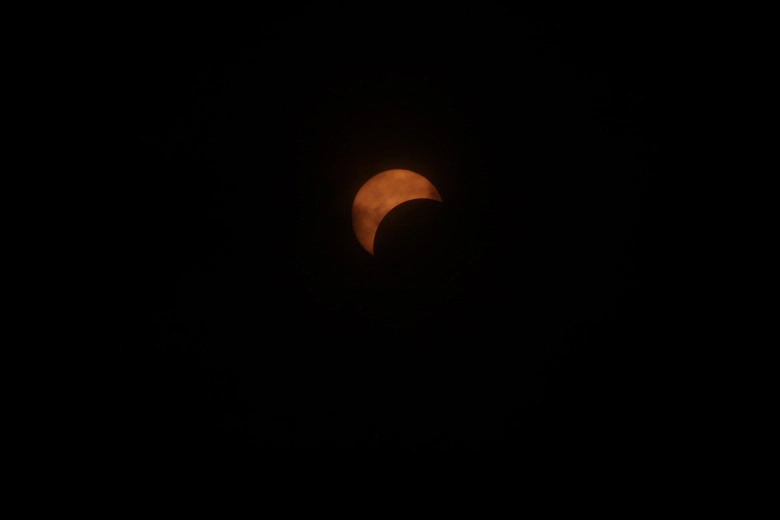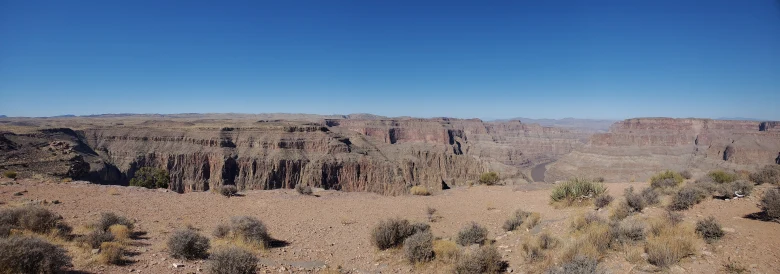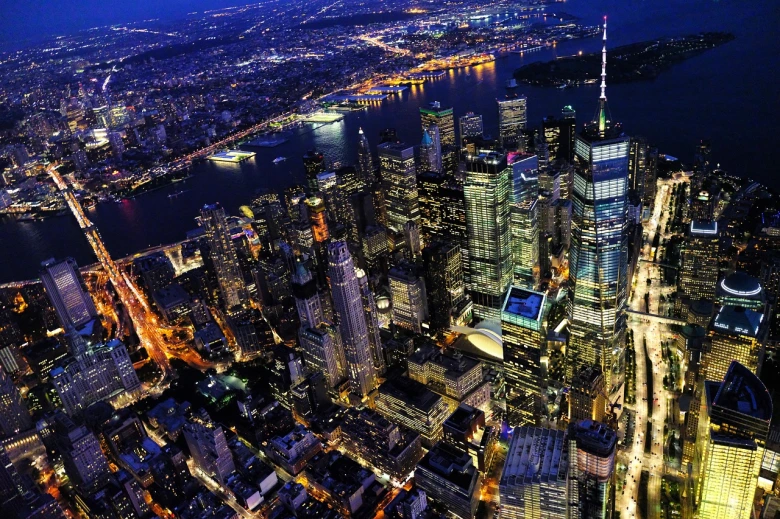Did you know there are certain “rules” photographers follow? It’s true but it’s not like normal rules. This rule or principle is known as composition. Composition is what helps guide the eyes through a photo and grabs the viewer’s attention. The correct composition can turn an ordinary scene into an epic one.

You can’t buy something that will give you a better composition. There is no equipment out there that will help which is great news for those of you just starting out. You are on a level playing field with someone who has been taking pictures for years.
You can grab 5 photographers and have them each take a photo of one thing. Chances are each will frame up the image in a different way giving them different compositions. Below we are going to go over some of the most come compositions, photographers, both new and old use.
Rule of Thirds
This is perhaps the most well known composition. The Rule of Thirds takes your photo and divides it into a 3×3 grid of equal size. When using this technique you want to focus the viewer’s eye on one of the 4 intersecting points. It makes for a more pleasing photograph.

Many photographers try to line up the eye or face of a subject in one of those points. You also want your subject to me moving or looking into the center of the frame when taking images of people or animals.


The Rule of Thirds also works well when doing landscape photography. A big no-no when doing landscapes is putting your horizon smack dab in the middle of your frame. You want the horizon to be either in the lower or upper third of the frame.
Go back through some of your older landscape photos. Which ones look better? Bet it is the ones that follow the Rule of Thirds even though you probably weren’t sure what that even was but now you do.
Framing
One of the hardest compositions to pull off but when you can, boy, are the images amazing. This is where you frame your subject up within a frame. This can be done many ways by using trees, alleyways, windows, doors, shapes and many other objects. However, it can be very difficult to pull off correctly.

The building frames the sky in the photo above. As you can see it really directs your eye to the dark storm clouds above.
The main thing you are trying to achieve is creating a scene that is a frame within your frame. It helps direct attention and helps tell a story.
Leading Lines
Leading Lines is a composition technique that helps guide your eye to the main subject or to infinity. Leading lines can be found everywhere. They can be straight, on an angle, or curved. It can also be a single line or multiple lines coming in from different angles.
As you can see from the above photos, leading lines can come in different shapes and sizes but the goal is the same. Each type of line directs you eye to where the photographer wants you to focus.
Fill the Frame
Another composition technique is simply to fill the frame. Here you get up close to your subject to have no open space in the photo. If you find the right subject you can capture amazing optical illusions.
This composition can even work when taking portraits. Of course, it is best used when photographing objects. But you know what the beauty is about compositions? It is completely up to you.

Helpful Tips
Most composition techniques will fall into the above 4. Of course, there are others but most are just an extension of those 4. Here you will find some of the helpful tips when compositing an image like not cutting off limbs. You don’t want a floating head or the subject to be missing an arm.
Pay close attention to your background. Is there something that is drawing your eye away from the intended main subject? Is that a tree sticking out of her head?

Remember to create depth in your photos. This is especially true when taking landscapes. You want a foreground, middle ground, and background in your shot. It really helps fill out the scene.
Looking for patterns or symmetry can really make a photo pop. Sometimes even having something in the middle of that pattern that “breaks” it up can add a different feel to the overall image.
When taking landscape photos try placing a familiar object or person in the frame to show scale. Sometimes you can’t tell how big or small something is by a photo. Place a person at the base of a hill or waterfall to show how big or small it is.

No “rules”
The last composition technique I will go over is not one. You don’t have to follow any particular composition technique. There is no right or wrong way to take a photo. What you might see as the best picture ever someone else won’t. Remember photography is just another form of art.
You can either make it up as you go or combine a couple different techniques into one photo. Anything is possible. It is all up to the viewer.
Do you have a different outlook on composition now? Did you know there was more to photography than the Rule of Thirds? Do you follow any of these composition techniques or do you fly from the seat of your pants? Let us know in the comments below.
If you found this helpful let us know. We try to break down photography so anyone can understand. Ever since my time in the USMC I like to follow the acronym K.I.S.S. (Keep It Simple Stupid). Some sites out there have too much “fluffy” when trying to teach the basics. We like to keep it as simple as possible so anyone can follow. It’s how I am teaching my daughter.
Are you thinking about getting into photography or just starting out? Check out our post about Photography terms you need to know. Or check out our photography starting guide. Photography is a fun hobby that can get you back out in nature and exploring the world around you from many different angles.
Want to continue on the journey with us? Be sure to follow us on social media by clicking the icons below. We post content weekly and are always looking for fun and exciting places to visit. Just drop us a line on where we should go next or what we should do.
Thank You everyone who has commented and followed us. It means a lot and helps us continue making post, photos, and guides for you. Till our next post….. Have a great day!
Pin it for later






















